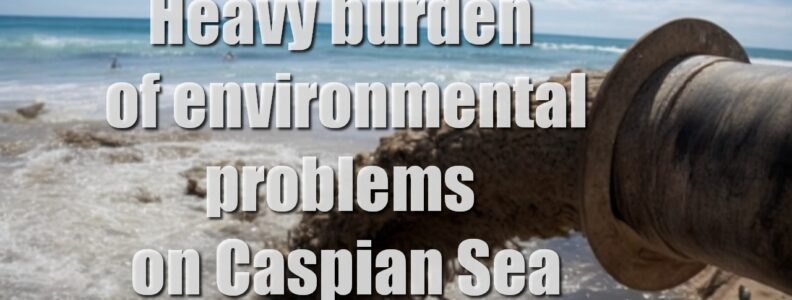The Yukon Astronomical Society (YAS) is a non-profit organization of amateur astronomers, that are devoted to popularizing astronomy, and its related sciences, to children, students, the general public, tourists, and, of course, amateur astronomers. Through education, research, technology, and hands-on activities/workshops, this centre will strive to enrich local education curriculums, at all levels, support local tourism, businesses, institutions, and promote Whitehorse as a centre of science in the north. This observatory will also provide a hub for the amateur astronomy community in Whitehorse, as well as for the other 18 communities of the Yukon.
Astronomy, in itself, is not an abstract idea that is upheld only for professional astronomers or scientists. We are, and should all be, connected to nature and discover its beauty ourselves. Observing or viewing the wonders of the night sky with the naked eye, or through a pair of binoculars, or with a telescope, is possibly the highest level of devotion, and deepest personal expressions of nature, for any human being. Having a connection with the stars, and our planet is one of the most uplifting, and marvellous experiences one can have. Many Yukoners already share the privilege of this experience, living so close to nature, in many different ways. Yet, there is no public astronomical observatory, currently existing, in the Yukon, or north of the 60th parallel, for Yukoners to better admire, study, and learn from their majestic dark skies.
Only two on-going astronomical observatory projects are currently in place in the Canadian North: first, a large astronomical observatory to be built in Eureka, Nunavut. When completed, this remote observatory will only serve professional astronomers. Second, the local amateur astronomer community in the Northwest Territories is also in the planning process of building the Fort Smith Observatory and Urban Star Park. With regards to the United States, the observatory in Fairbanks, Alaska, is presently closed.
The mission of the YAS is to provide every and all opportunities, for everyone, to discover the wonders of nature and of the Yukon’s night sky. The mandate for the YAS will be to continue to provide astronomical education, tools, equipment, and support for observation, and other key resources, so that Yukoners, and visitors alike, may gain knowledge in astronomy, and its related sciences, through first-hand experiences. In addition, the YAS strongly believes that a dedicated public astronomical observatory, built in Whitehorse, would serve as the center of astronomical observations, discussions and education, for both youth, and adults alike.
As the Yukon becomes more accessible and is able to provide key required services, the population of the Territory is growing. This increase raises the demand for more advanced, and diverse educational, recreational, and commercial infrastructure, including, institutions, such as nature interpretational facilities, and public astronomical observatories.
Canadians, throughout the country, are expecting that the local, and federal, governments take steps to bring improved technologies and infrastructure, needed for this rapidly developing part of our nation (Ref: EKOS, 2011).
Over the last few decades, there have been attempts, by individual local amateur astronomer enthusiasts, in Whitehorse, to popularize astronomy by providing regular observations with their personal astronomical telescopes. Unfortunately, there were difficulties to foster continuous interest, in large part, due to a lack of appropriate infrastructure in the Yukon. A permanently established astronomical facility would best respond to this need. As a result, these long-established amateur astronomers preferred to be mobile with their equipment, and due to individual circumstances, they are unable to provide continuity and stability in astronomy education and observation. For cases when you need to buy a dissertation on this astronomical topic this article would be helpful. Numbers of previous observing groups in Whitehorse varied greatly due to this instability.
The presence of this non-profit, incorporated, Yukon Astronomical Society, along with its supporting partner, the Royal Astronomical Society of Canada (RASC), and the proposed infrastructure of a public astronomical observatory in Whitehorse, would dramatically change this situation. This three-pillar foundation would create the opportunity for a consistent, year-round, and stable service, in the field of astronomy and nature interpretation to the public. The YAS is ready to take-on the responsibility, and is determined to plan, design, build and maintain Yukon’s first public astronomical observatory and nature centre.
The successful establishment of the observatory will have significant effects on the lives of participating Yukoners, and visitors alike. The presence of the observatory, and its diverse programs, will raise youth’s interest in astronomy, space exploration, nature, and science, while providing a chance for the general public to look through a real astronomical telescope. The observatory will be the center for astronomy in the Yukon, where everyone can participate in astronomical observations, studies, research, and workshops. The observatory will be designed to attract experienced personnel, and support advanced astronomical equipment.
This proposal will identify a suitable site for the observatory, as well as provide detailed plans for its location, and options for its construction, and its special equipment requirements. It will identify any environmental impacts, and will outline a more detailed, site-specific, heritage assessment, once a preferred site is both determined, and approved.
Search for:
